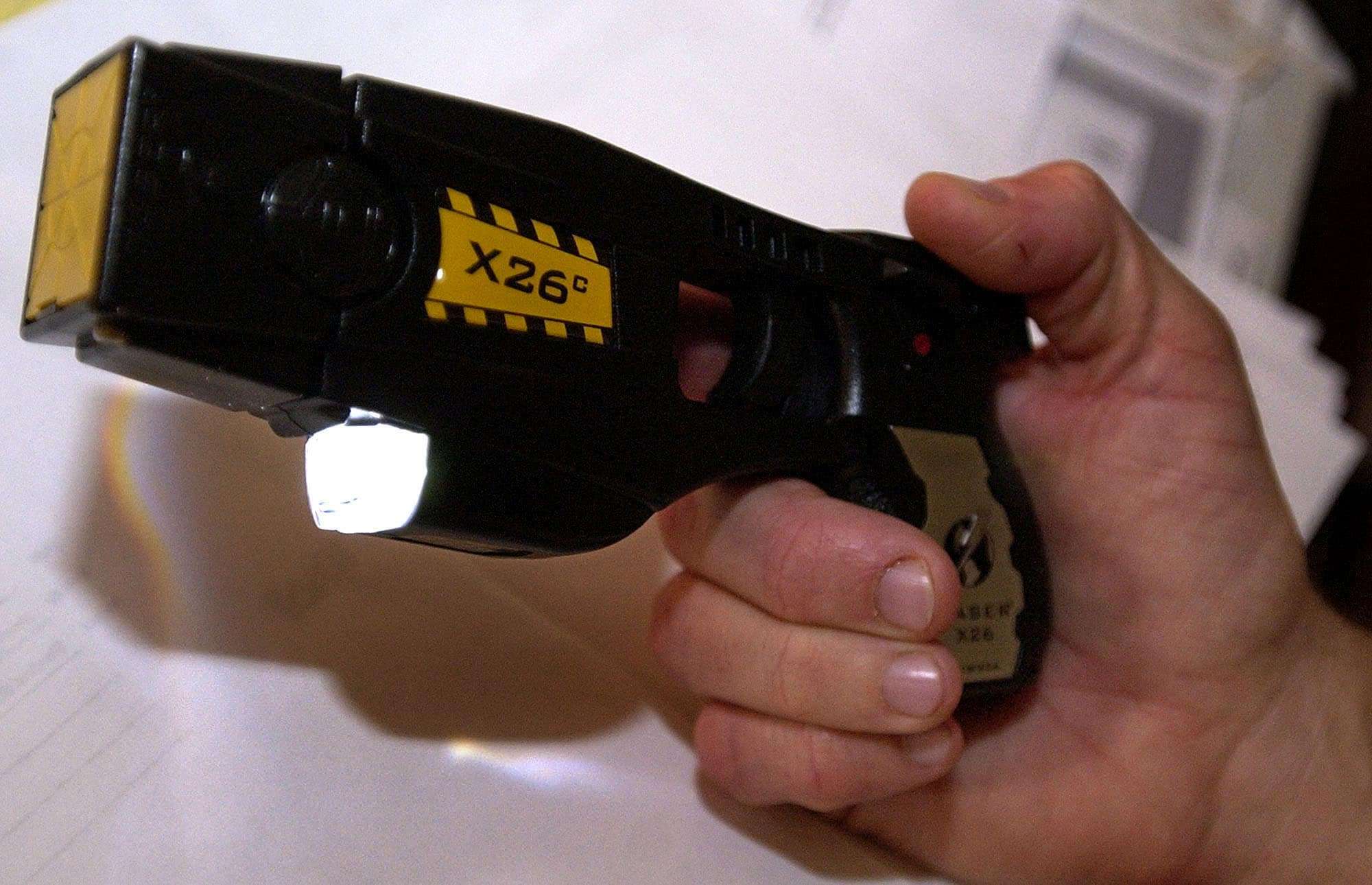The Volokh Conspiracy
Mostly law professors | Sometimes contrarian | Often libertarian | Always independent
'I lit him up … I could smell something burning'

Those are the words of a woman who reports that she stun-gunned a man who was trying to rape her and who had stabbed her four times, puncturing her lung. The Detroit News (Oralandar Brand-Williams) adds that the alleged would-be rapist, Darian Winfield, is also accused of having earlier stabbed another woman and may have murdered a 17-year-old girl in a different assault. Fox 2 Detroit (Hannah Saunders) reports that Winfield wasn't incapacitated by the stun gun, and punched the woman who stun-gunned him in the head, but nonetheless ran away.
Michigan banned stun guns until 2012; the repeal followed a trial court decision holding the statute unconstitutional under the Second Amendment, and People v. Yanna (Mich. Ct. App. 2012), decided after the repeal, affirmed that trial court decision. I'm pleased to say that I filed an amicus brief in the Yanna case, together with local counsel Michael Smith, on behalf of Arming Women Against Rape & Endangerment.
For more on the remaining stun-gun bans throughout the United States, see my 2009 article; the Michigan and Wisconsin bans have been repealed, but the bans in Hawaii, Massachusetts, New Jersey, New York, Rhode Island, the District, the Virgin Islands and several cities still remain. The Supreme Court is considering whether to hear a case about the Massachusetts stun-gun bans; see this post, which quotes a friend-of-the-court brief I filed in that case on behalf of Arming Women Against Rape & Endangerment.
To get the Volokh Conspiracy Daily e-mail, please sign up here.


Show Comments (0)